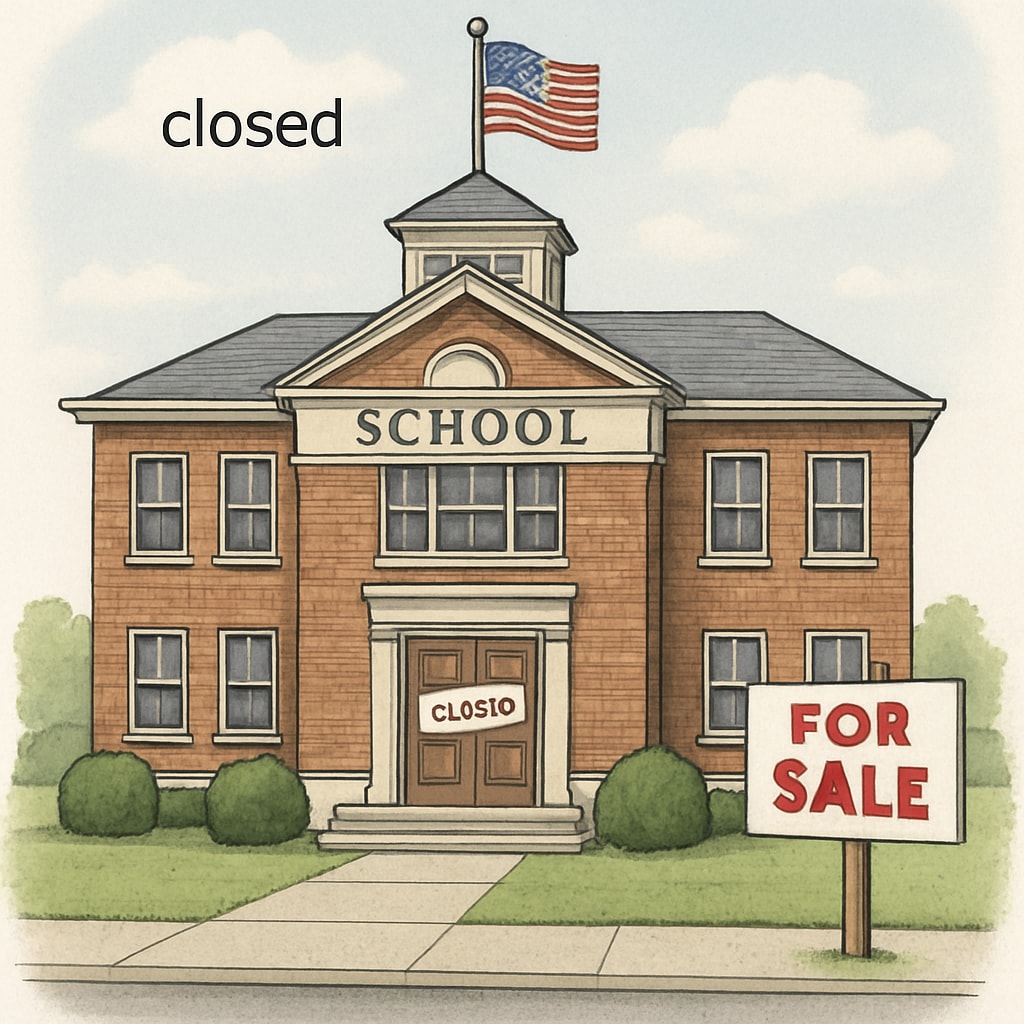The growing influence of organizations like Stand For Children on education policy has raised concerns about the privatization of public education funds. While these groups claim to advocate for education reform, their legislative efforts often lead to the redistribution of public funding away from traditional schools. These actions risk undermining the stability of K12 education, leading to school closures and teacher layoffs. Understanding this trend is critical for safeguarding the integrity of public education.
How Stand For Children Influences Education Legislation
Stand For Children, originally established as a grassroots movement to improve public education, has evolved into a powerful lobbying organization. Its strategy often involves promoting legislation that redirects public funds toward charter schools or private education initiatives. While these measures are framed as solutions to educational inequality, they frequently divert critical resources from public schools that serve the majority of students.

For example, in several states, Stand For Children has supported voucher programs that allow public education funds to be used for private schooling. These programs, while claiming to offer “choice,” often benefit a small subset of families while leaving public schools underfunded. Learn more about school vouchers on Wikipedia.
The Consequences of Diverting Public Education Funds
The privatization of education funding has far-reaching consequences. When public funds are allocated to private or charter schools, traditional public schools struggle to maintain their operations. This can lead to larger class sizes, reduced extracurricular programs, and inadequate resources for students and teachers alike. In extreme cases, schools may be forced to close, leaving communities without accessible education options.

In addition to school closures, teacher layoffs are another critical issue. As public schools lose funding, they often cannot afford to retain experienced educators. This disrupts the continuity of education and disproportionately impacts low-income communities. Explore more about charter schools on Britannica.
Why Protecting Public Education is Essential
Public education is a cornerstone of democracy, providing equal opportunities for all children regardless of their socioeconomic background. The shift toward privatization threatens this principle by prioritizing profit over equity. To counteract this trend, it is vital for policymakers and communities to advocate for fair funding models that prioritize public schools.
For instance, increasing transparency in how education funds are allocated can help ensure that resources are distributed equitably. Additionally, investing in teacher training and infrastructure improvements can strengthen public schools, making them more competitive with private alternatives.
Readability guidance: Short paragraphs and clear subheadings improve comprehension. Incorporating lists and external links enhances accessibility and provides readers with additional resources for deeper understanding.


